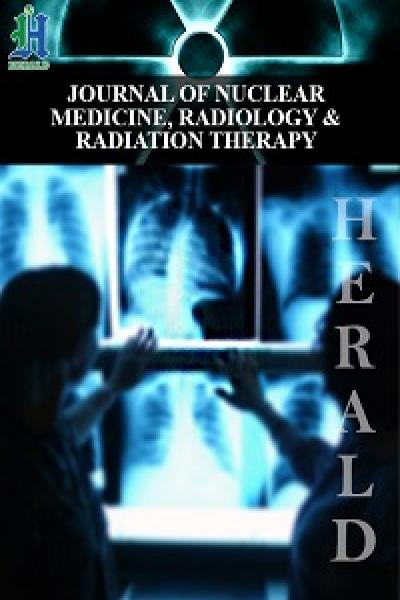
3D Printing improving CAT 2D Images for diagnosis in Pediatric Orthopedic Surgery
*Corresponding Author(s):
Frizziero LDepartment Of Industrial Engineering, Alma Mater Studiorum University Of Bologna, Italy
Tel:+390512093436,
Email:leonardo.frizziero@unibo.it
Abstract
Surgical planning is evolving step by step with the improvement of the technology available for diagnostic imaging. In the early 1900, the only diagnostic imaging technique used was the radiology. Nowadays there are modern systems of acquisition as the Computerized tomography (TC) that provide the surgeon with detailed reconstructions of the patient's anatomy.
Keywords
Pediatric Orthopedic Surgery; Radiology And Diagnosis
FUTURE IN RADIOLOGY AND DIAGNOSIS
The studied methodology wants to take a further step forward, by transferring the planning from the virtual to the physical world thanks to the printing of three-dimensional anatomic parts. The workflow to get to the printing of anatomic models start from Tomographic image acquisition through the traditional non-invasive acquisition technique, the TC. Then, a series of software are needed to convert these images in a CAD-readable file format for the 3D printing software.
The development of these models can be a challenge because of the complexity and irregularity of the human anatomy and therefore requires the collaboration of competent figures both in the medical and in the Engineering field. There are a variety of solutions available for the conversion, for example using a combination of 3 of them: InVesalius, MeshLab and Meshmixer.
This study involves a sample of 10 patients of 25 that annually undergo resection of the tarsal synostosis from SC Orthopedics and traumatology [1].The final goal is to demonstrate the impact of this innovative procedure from the economic point of view.
During the pilot study we saw that the proposed model has advantages for patients, doctors and hospitals. For the patient there is a better understanding of the clinical situation, a tailored, safer and less invasive surgical treatment. The doctor benefits from a better perception thanks to the possibility of simulating surgery and predicting the outcome of the intervention. The hospital has reduced risks of complications or infections.
A SWOT Analysis was performed to analyze the innovative procedure, to discuss its strengths, weaknesses, external threats and possible future developments.
It should be noted that 3D printing [2] is used in the medical field with countless purposes including the creation of prostheses and the use of reconstructions for educational purposes. However, it was only use the 3D printing technique for the three - dimensional reproduction of feet of patients suffering from the disease of the flat foot from tarsal synostosis in order to improve the process of diagnosis and treatment of the specific pathology. The state of the art [3] was carried out based on the well know flat feet [4-7] pathology and the 3D model steps were tested for a different geometry case to allow a better time/cost analysis [8,9].
ACKNOWLEDGEMENT
REFERENCES
- Maredi E, Stilli S (2017) Protocollo 05032018.
- Osti F, Santi GM, Neri M, Liverani A, Frizziero L,et al. (2019) CT Conversion Workflow for Intraoperative Usage of Bony Models: From DICOM Data to 3D Printed Models. Applied Sciences 9: 708-720.
- Carr JB, Yang S, Lather LA (2016) Pediatric PesPlanus: A State-of-the-Art Review. Pediatrics 137: e20151230.
- Meomartino L. Tomografia Computerizzata: principi fisici e formazione delle immagini.
- Barca F. Piede piatto da sinostosi.
- Docquier PL, Paul L, TranDuy V (2016) Surgical navigation in paediatricorthopaedics. EFORT Open Rev 1: 152-159.
- Ippolito G, Valentini MB, Caterini R, Farsetti P. Il piedepiattocongenito da sinostositarsali, controllo a lungadistanza di 10 casitrattatichirurgicamente.
- Auricchio F, Marconi S (2016) 3D printing: clinical applications in orthopaedics and traumatology. EFORT Open Rev 1:121-127.
- Cameron M. Process to Convert DICOM Data to 3D Printable STL Files.
Citation: Frizziero L (2019) 3D Printing improving CAT 2D Images for diagnosis in PediatricOrthopedic Surgery. J Nucl Med Radiol Radiat Ther 4: 013.
Copyright: © 2019 Frizziero L, et al. This is an open-access article distributed under the terms of the Creative Commons Attribution License, which permits unrestricted use, distribution, and reproduction in any medium, provided the original author and source are credited.

